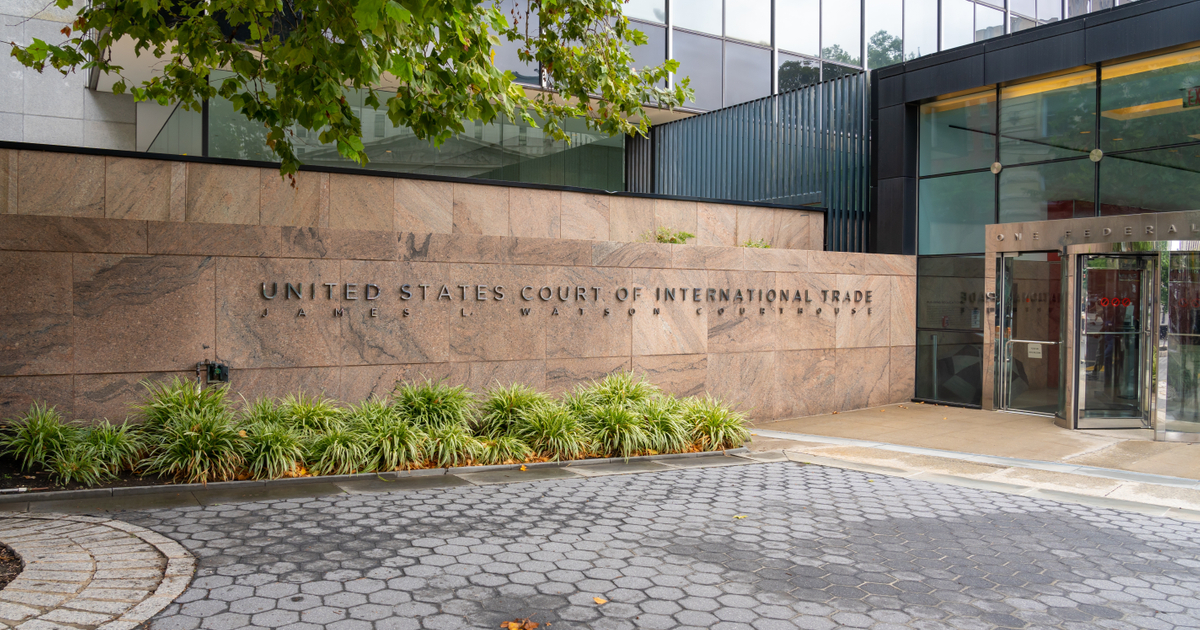What podcasts looked like in 2024 — literally
Image: Cath Virginia / The Verge, Getty ImagesThese days, podcasts are going video, and there are a number of visual trends we’ve noticed — some good, some not so much. We’ll show you. Read the full story at The...
/cdn.vox-cdn.com/uploads/chorus_asset/file/25784220/247333_EOY_Package_Check_In_CVirginia_PODCASTS.jpg)
In 2024, podcasts have gotten closer to becoming a video-first medium. Though video podcasts have been around a relatively long time, shows from The New York Times, NPR, and many other podcast networks that have been audio-only for years have recently started adding a video component in order to gain new listenership. In fact, Spotify, a major player in podcasts, is about to begin paying podcasters to bring videos to the platform.
And after years of producers trying to get audio shows to go viral on social media, podcasts are now dominating TikTok, Instagram Reels, and YouTube Shorts after video producers realized they can just film the talent talking. Meanwhile, weekly podcasts are looking to attract younger audiences who grew up on YouTube. As a result, video producers are figuring out how to make podcasts, and audio producers are figuring out how to make videos.
I’ve noticed a few developing trends in this video-first podcasting format. This isn’t surprising; when one producer discovers a formula that works, others are going to try it. Let’s take a look at current design and tech trends — and then I’ll talk about what I think may develop over the next year or so.
Home design
Many of today’s podcast studios look like living rooms and basements. This isn’t a new phenomenon with talk shows, but a lot of podcasts started out in a living space, and larger media companies have adopted that aesthetic. Lamps. Fireplaces. Fake plants. Bookshelves. This environment gives a more “laid back” style of long-form interviewing, which is typically the vibe of most chat-style podcasts.
1/5
Screenshot: YouTube / Club Random
Couches and comfy chairs show up a lot on these video shows. The round table has been ditched, and leisure is key — it’s a lot more comfortable of an environment for talking hours at a time. Both hosts and guests are often on a couch together or sitting in comfy chairs separately.
1/5
Screenshot: YouTube / Lesser Known Characters
Another trend I’ve noticed are these wooden slats on the wall in podcast studios — our own Vox Media space has gone with this design as well. These work better for sound absorption while still looking like a living space. This is already looking to be a signifier of mid-2020 video podcasts.
With wide-shot camera angles showcasing the entire room, there is usually something in the middle of the screen, like a TV or a giant logo of the show, to create a symmetrical studio look. Neon signs and colored lights are very trendy right now because they add a colorful glow to a more muted studio space. Lots of cursive lettering.
Branding is often prioritized in video, and most producers think that means literally looking at the logo for two hours. This is also an easy way to let a TikTok scroller know what show they are watching (though this typically doesn’t crop well for vertical video).
More attention to tech
Microphones are often placed on floor stands that extend over the couches (these articulating boom stands have been staples in recording studios for decades). As a result, the stands often appear from out of the camera frame and stick up broadly in front of guests’ faces awkwardly. Poles sticking out at various incongruent angles look even messier when you have multiple guests on separate chairs.
1/6
Screenshot: YouTube / Joe Budden Network
Though new kinds of mic stands for podcasts have been introduced to the market, many shows are ditching the long, awkward boom poles in favor of having hosts and guests hold their microphones instead. This feels a bit more authentic and intimate onscreen, and many stand-up comedians prefer this method. However, it can get a bit awkward with inexperienced guests who talk with their hands or who don’t know how to hold a microphone with a narrow polar pattern.
1/6
Screenshot: YouTube / The Bald and the Beautiful
It can get even worse. When podcasts are audio first but with a video component, you often see awkward practices caught on camera, like this instance where each guest is holding their phone up to their face to record their audio while looking directly at the viewer. This is a common practice for radio interviews but isn’t great when video is involved.
Screenshot: YouTube / The Daily
The Shure SM7B microphones are still really popular in this medium as well as the budget MV7 model. For the purposes of branding, cubes with the name of the show are often stuck awkwardly on the bottom of the microphone. This is reminiscent of microphone flags on newscaster stick mics, and they are now being retrofitted for these classic radio studio microphones. This is likely because it’s more effective branding on vertically cropped videos than a big logo on the wall in a studio.
1/6
Screenshot: YouTube / Pod Save America
Big isolating headphones are common in radio and podcasts and are still used in a lot of video versions. But when guests are remote and are looking directly at their webcam, those large ear cups stick out very awkwardly — more so than if you’re looking at someone’s profile view.
1/5
Screenshot: YouTube / The Weekly Show with Jon Stewart
So that’s what a lot of video podcasts have looked like through 2024. But how about next year?
The future looks more professional
I believe that, in 2025, podcast producers will eventually stop following these tropes and try to differentiate themselves. Some producers that were hired to help make the transition to video will start questioning the reason for the large headphones and thick microphones covering people’s faces and opt for smaller lavalier mics and in-ear monitors.
New audiences may start to forget about the word “podcast” and refer to the chat shows they watch as just “shows.” Media executives will try to opt for syndication of the programs on linear platforms like Roku, Pluto, or Tubi. The thin line between podcasts and TV shows will get thinner.
More consumer-priced tools for production have entered the market, basically turning a simple desk setup and a MacBook into a fully stocked control room. Hosts are already moving out of the studio and into barber shops, tennis courts, and on sidewalks. AI tools like Descript, Hush, and Accentize can turn less-than-optimal microphone recordings into fuller, beefier broadcast-style recordings. Podcasters whose equipment is less capable of handling uncontrolled recording environments will especially benefit from these postproduction tools.
And who knows? Perhaps the pendulum will swing back again when budgets for these shows become too costly to keep a video show running multiple times a week without a strong following. Maybe they will even scale back down to an audio-only format. And perhaps that is where they will restart a new experiment in the audio medium.

 Tekef
Tekef 
























![What It Takes To Stay On Top Of Local Search In 2025 [Webinar] via @sejournal, @lorenbaker](https://www.searchenginejournal.com/wp-content/uploads/2025/06/3-559.png)







